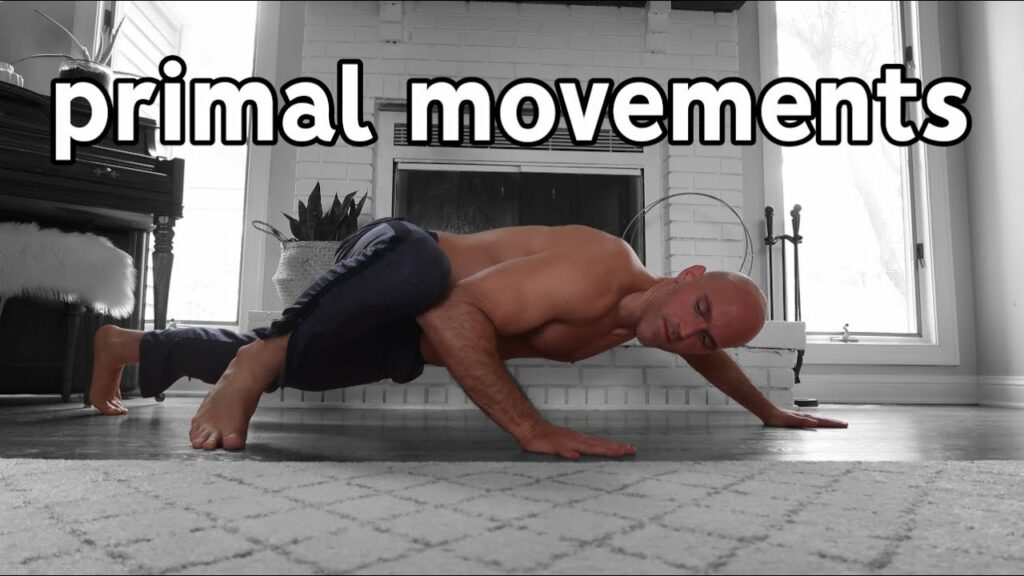Minus The Gym: Primal Instinct Yoga For Beginners

Ryan Sadilek & Beginners Animal Yoga Follow Ryan Here: Facebook Instagram YouTube Discover Primal Instinct (Animal) Yoga! Introduction In our modern sedentary lifestyles, it’s easy to lose touch with our bodies and the natural movements that were once essential for survival. Luckily, there’s a fitness trend that taps into our primal instincts and reconnects us […]
American Discovery Trail

A Coast To Coast American Walking Trail: The American Discovery Trail (ADT) is a remarkable long-distance hiking and biking trail that spans the width of the United States, stretching approximately 6,800 miles (10,944 kilometers) from coast to coast. Established in 1989, the ADT traverses diverse landscapes, ecosystems, and terrain, offering adventurers the opportunity to experience […]
How To Jump Rope

Check Out These Jump Rope Tips: Jumping rope, also known as skipping, is a simple yet effective exercise that offers numerous health benefits, including cardiovascular conditioning, coordination improvement, and calorie burning. Whether you’re a beginner or looking to enhance your skills, here’s a step-by-step guide on how to jump rope effectively: 1. Choose the Right […]
